Red Alert as Arctic Snows Melt Faster
Microscopic forms of colored algae are suspected of helping to speed up the melting rate of snow by reducing its crucial ability to reflect the sun’s rays.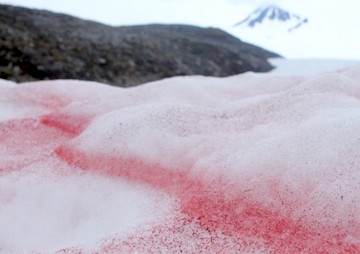
By Tim Radford / Climate News Network
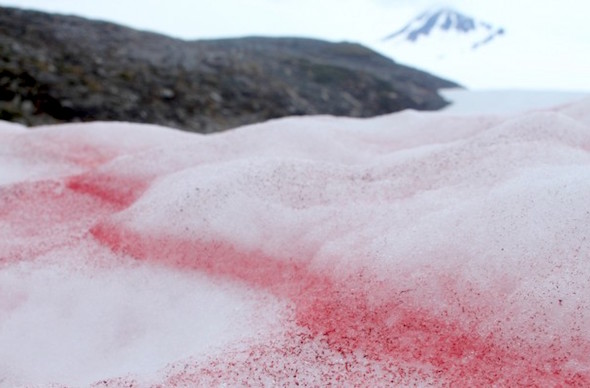
The blooming of algae in the Arctic spring and summer gives a red tint to snow. (David Wicks via Flickr)
This piece first appeared at Climate News Network.
LONDON — German scientists have fingered a new suspect in the great glacial melting mystery. The secret agent that may be darkening the summer snows and speeding up the absorption of solar rays is a family of microscopic, cold-loving organisms that tint the snow red.
The identification is not a simple matter, and no arrest is likely to be made soon. But researchers say that the cryophilic micro-eukaryotes can make the snow 13% — and sometimes up to 20% — less likely to reflect radiation back into space.
Stefanie Lutz, postdoctoral research associate at the German Research Centre for Geosciences in Potsdam, and colleagues report in Nature Communications that they sampled red-tinged summer snows from 40 sites on 16 glaciers in Greenland, Iceland, northern Sweden, and Norway’s Svalbard archipelago.
Cosmopolitan culprit
They then subjected their samples to genetic and microbiological analysis to identify what they describe as a “cosmopolitan” culprit. Despite the variation in geography, only about six kinds of algae — the biologist’s choice of word is taxa — colonised and coloured the snow in all the sites.
Although climate scientists have blamed the shift in Arctic albedo – a measure of the reflectivity of the Earth’s surface — on forest-fire soot, Saharan dust and other light-absorbing impurities, and have confirmed a link between this darkening and increased melting rates, the German scientists says this is the first time the role of coloured algae has been identified.
“Our results point out that the ‘bio-albedo’ effect is important and has to be considered in future climate models.”
Snow isn’t just a product of the climate machine, it is also part of the machinery — and part of life’s cycle. Permanent and seasonal snow together can cover up to 35% of the planet’s surface.
The reflectivity of this gleaming surface helps keep the planet cool at the poles, and it is this difference between polar regions and tropics that drives the atmospheric circulation.
But microscopic creatures that flourish on snow are vital too, flourishing in the spring and summer with the first melting of the snow surface. They are the first form of primary productivity in the Arctic landscape, and they are the basis of the food web that leads all the way up to the walrus and the polar bear.
The Potsdam team reports that among the microbes are algae that can darken the surface of the snows and play a role in the melting of Arctic glaciers.
Darkened surface
In any case, glaciers in the northern hemisphere are melting at increasing rates everywhere, and human combustion of fossil fuels has been confirmed as the agency that causes the acceleration.
So the “red snow” effect simply speeds up the process, because the more the algae bloom, the more the surface darkens, and the more the snows melt and feed more algal growth.
The result of the latest research is that climate scientists now have a new factor to consider when they calculate the mix of circumstances that, increasingly, will warm the Arctic, raise global sea levels and accelerate climate change.
“Our results point out that the ‘bio-albedo’ effect is important and has to be considered in future climate models,” Dr Lutz says.
Tim Radford, a founding editor of Climate News Network, worked for The Guardian for 32 years, for most of that time as science editor. He has been covering climate change since 1988.
Your support matters…Independent journalism is under threat and overshadowed by heavily funded mainstream media.
You can help level the playing field. Become a member.
Your tax-deductible contribution keeps us digging beneath the headlines to give you thought-provoking, investigative reporting and analysis that unearths what's really happening- without compromise.
Give today to support our courageous, independent journalists.

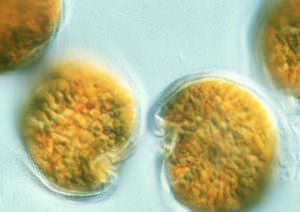
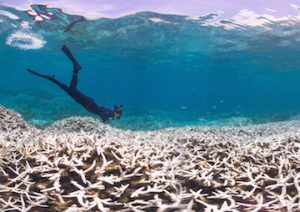

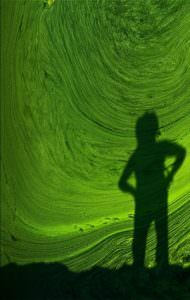
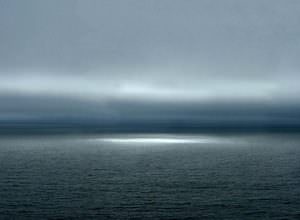
You need to be a supporter to comment.
There are currently no responses to this article.
Be the first to respond.